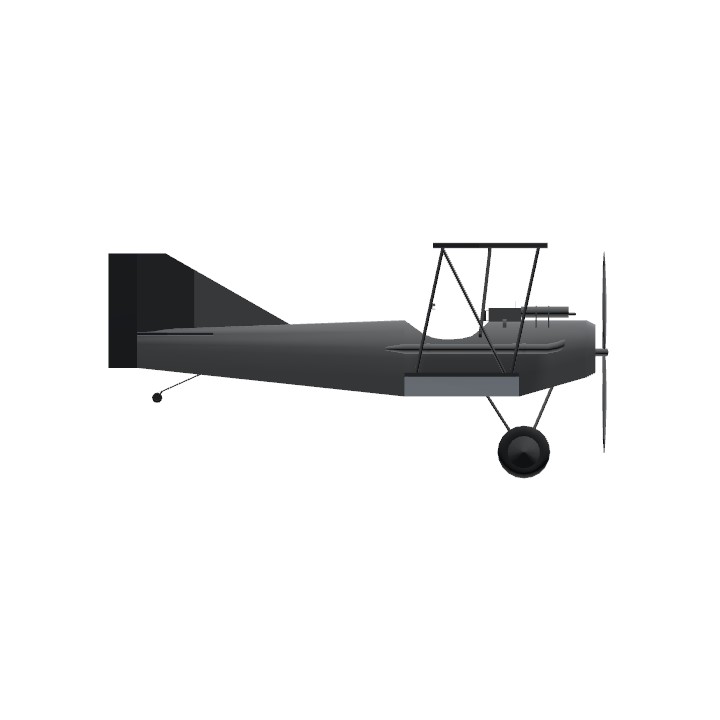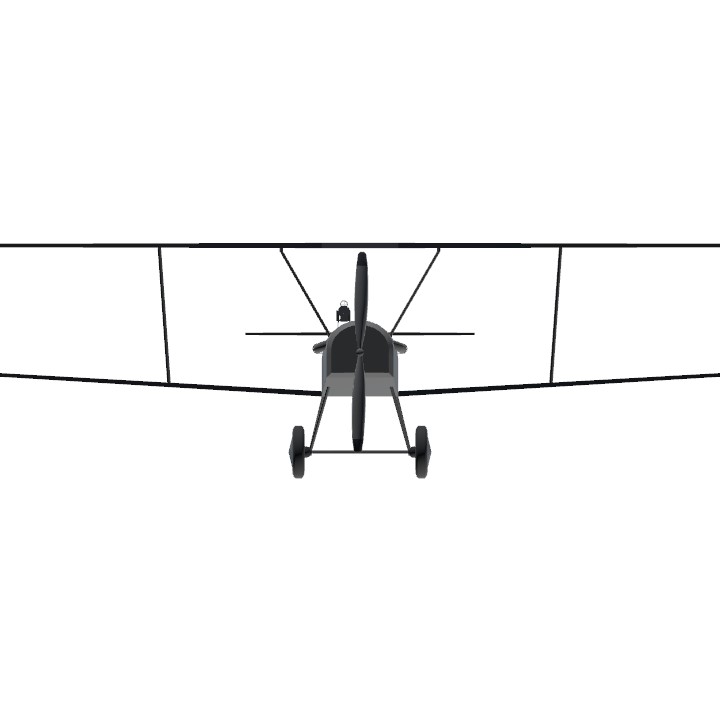Soupwith not to be confused with Sopwith have overed The Soupwith Le Spite is a single-seat, single-engine biplane developed during the First World War by Soupwith Aviation, a company famously founded out of sheer jealousy and mild culinary confusion. Marketed as “The Pride of the Patisserie,” the Le Spite was hastily assembled in what historians believe was a disused soup cannery somewhere outside Dijon. It features a wooden propeller that doubles as a paddle, a single machine gun that fires more warning shots than bullets, and wings held together by little more than wire, fabric, and passive-aggressive engineering notes. The cockpit is ergonomically designed to fit one small, uncomfortable Frenchman, and visibility is optimized for looking straight into your own regrets.
Painted in patriotic colors so that enemy pilots could more easily laugh at it before shooting it down, the Le Spite was primarily deployed in roles such as light reconnaissance, moral support, and extremely short-range bombing runs (sometimes as short as one runway length). Its greatest strength lies in its name—it flies not with lift, but with unrelenting, world-weary spite. Field reports claim it once downed a German Albatros D.III simply by appearing so unreliable that the enemy pilot voluntarily bailed out from confusion.
The Soupwith Le Spite is remembered fondly by absolutely no one, except a few eccentric aviation historians and Lt. Henri Boulette, who described it as “the only aircraft I’ve flown that held a grudge.”
Specifications
Spotlights
- This craft is curated
General Characteristics
- Predecessor Simple Biplane MK III
- Created On Windows
- Wingspan 30.9ft (9.4m)
- Length 21.3ft (6.5m)
- Height 10.2ft (3.1m)
- Empty Weight 1,226lbs (556kg)
- Loaded Weight 1,492lbs (677kg)
Performance
- Horse Power/Weight Ratio 0.097
- Wing Loading 4.5lbs/ft2 (22.2kg/m2)
- Wing Area 328.5ft2 (30.5m2)
- Drag Points 3299
Parts
- Number of Parts 117
- Control Surfaces 5
- Performance Cost 462




